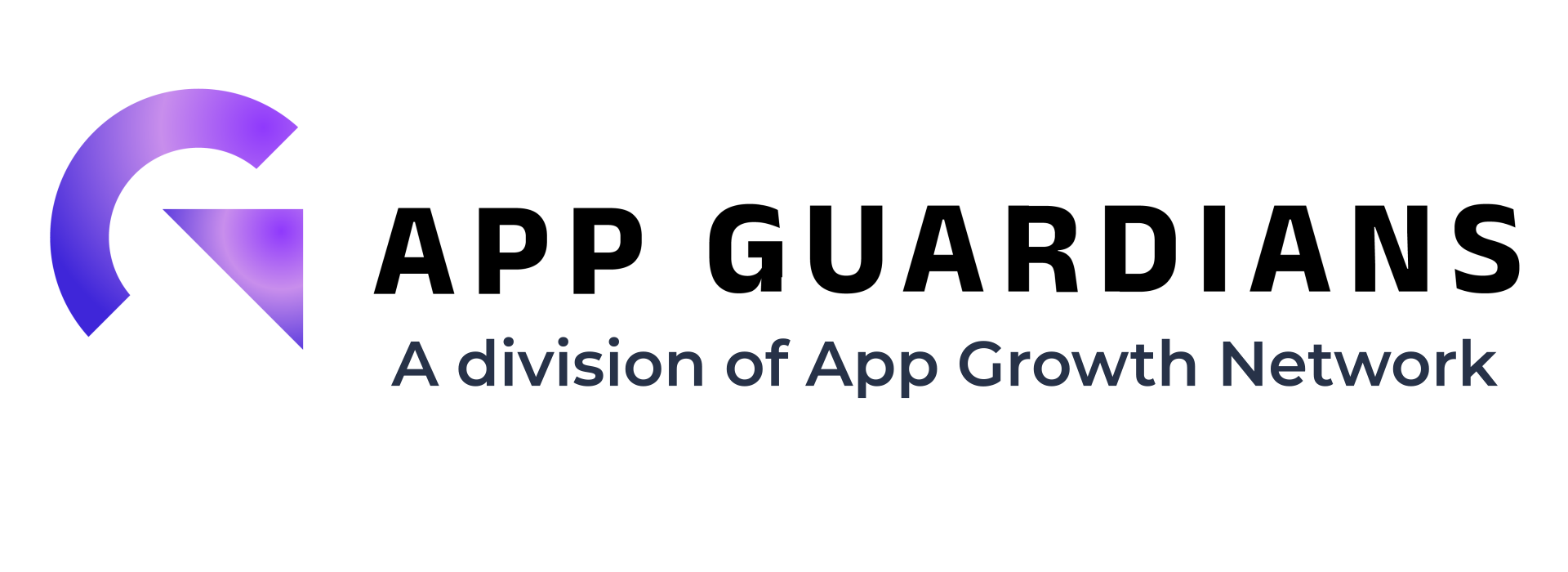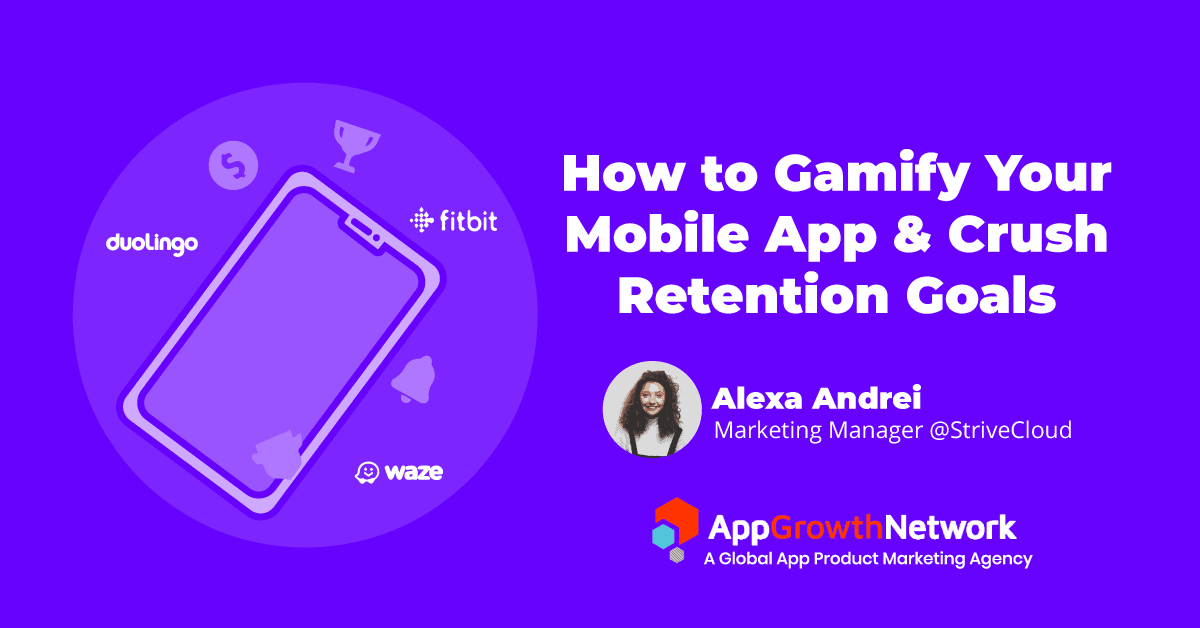How to Gamify Your Mobile App & Crush Retention Goals
There are many strategies for increasing mobile app retention—many that start early on—like implementing the right user onboarding strategy. But if you’re struggling to retain users on your app for the long haul, then the answer might be gamification. Gamification can turn your mobile app into a fun and rewarding experience that keeps users coming back.
Here are some eye-opening stats:
Competition is fierce. More than 1,300 apps per day are added to the Google Play Store.
It’s a fight for attention. The average person has more than 80 apps installed but uses only 30 monthly.
Retention is low. Mobile apps on average have a 30-day Retention Rate of 42% and a 90-day Retention Rate of 25%, while 24% of apps are used only once.
Getting users back is expensive. Discounts, deals, and bonus offers are the top reasons someone will return to an app after uninstalling.
Now here’s my question: When acquiring new users is 3x more expensive than retaining existing ones, can companies ignore gamification, a proven method for increasing engagement and reducing churn?
I guess not.
- What is app gamification
- How does app gamification work
- User motivation explained
- Famous apps that nail user motivation with gamification
- The 4 steps canvas for successful app gamification
In this article we’ll cover:
What is gamification
Gamification is the application of game-like elements into the user experience to motivate and change people’s behavior. This means adding gamification features like point collection, progress bars, or badges into your app to drive the user behaviors that help you grow.
With app gamification not only are users more engaged and loyal, but they will also spend more and more often!
How does app gamification actually work
In today’s mobile-first era, grabbing and keeping people’s attention is one of the hardest things to do. Yet, not impossible. To overcome the attention challenge, gamified apps uses several psychological triggers to capture and keep the user’s attention. Just think about how nudging the experience on Strava, Fitbit, Headspace or Waze can be.
Here’s the secret. App gamification enriches user experience with game-like elements such as point collection, rewards, leaderboards, or contextual notifications. The result is a fun and rewarding mobile experience that keeps users motivated to move forward. Below is a basic example of app gamification. You probably noticed it already on some of the most engaging apps out there.

With app gamification, you can gamify any datapoint to trigger any desired user behavior. To be successful, however, you need to get user motivation right.
User motivation explained
Generally, gamification plays on two types of motivations based on behavioral psychology and cognitive bias.
First, there’s extrinsic motivation, triggered by achievements and results-based drivers. It comes in form of points, reward systems or notifications. These drivers play an essential role in the discovery phase of a new app, but they fail in providing long-term engagement. For example, discounts or monetary rewards can work well in user acquisition. However, to create retention beyond the 90-day cut-off, users need a little bit more. Users need intrinsic motivation.
Intrinsic motivation is the act of doing something without any obvious external rewards. You do it because it’s enjoyable and interesting, rather than because of an outside incentive or pressure, such as a reward or deadline. These are innate emotions linked to our desires or fears, such as relationships, accomplishment, empowerment, unpredictability and constraint. A good example of an intrinsic motivation trigger is the weekly/monthly streak popular on fitness and wellness apps. Streaks work because it triggers the human intrinsic need for growth and dedication. Especially in sports where progress is easy to see and track.
Famous apps that nail user motivation with gamification
Fitbit uses leaderboards to encourages users to run harder and faster!
Fitbit is a health & fitness app used with a wearable tracking device. The app tracks daily steps and encourages users to complete a daily goal. Steps are seen as the ‘currency’ that buys your way up the leaderboard.
Leaderboards have become a common behavior change design pattern. Originally included in video games, leaderboards are now a basic feature in gamified apps.
The idea is that leaderboards are motivating because people like to win and winning is motivating as it gives us status in our communities. But some people don’t want to win; they want to avoid losing.
A well-designed leaderboard promotes the intrinsic satisfaction of competence, relatedness, and autonomy for most users, most of the time. And Fitbit with over 29 million weekly active users is doing a great job at it.
Fitbit managed to design a motivational leaderboard that drives, what one study calls, ‘sedentary’ users into action. The same study shows the leaderboard alone leads to a 15% increase in daily steps!
Insight Timer uses 10 days streak to form a meditation habit
Insight Timer is a meditation app on a mission to grant everyone a free daily meditation practice. For people to form a daily meditation habit, Insight Timer incorporates gamification techniques with elements like streaks.
To set up a streak, you first need to select a behavior you want to encourage and then attach a streak to it. When a streak has been attached to an action, users will be notified every time they complete that action and get rewarded for it. On Insight Timer, every time users hit a 10 days meditation target, they get rewarded with a star as a permanent recognition of their achievement in the community. And it works well.
Source:
But Insight Timer is not the only app using streaks to form habits. Duolingo has put its success down to gamified elements such as streaks as well. The popular learning app uses streaks to help people form a daily learning habit.
Waze built its own community to increase user engagement
Waze is a community-driven map app that cleverly implemented gamification elements in the mobile app experience since its early days. With simple features like the badge reward system and user leaderboard, the app was able to grow from start-up to an app with 130 million active monthly users across the globe.
The goal on Waze is simple. You get to become a member of the Waze community, giving and receiving help from other wazers. The value of the app comes from its members, and the content they generate.
Waze asks its users to report incidents. Keep in mind that this is a user-generated content platform, so getting users on the app and motivating them to contribute to the community is key to Waze’s success.
To do so, Waze uses a reward system that plays on powerful intrinsic motivation drivers: recognition and status in the community. Users get likes and comments for their reports, which later translate into points that help users level up their profiles. This is a perfect way on the one hand to offer instant feedback for user action and on the other, it fuels the need for progress and social recognition.
By the end of the day, it’s the nice feeling you get after helping other people. As part of a group, users also feel accepted, important and useful — a powerful motivator to become a contributor.
The 4-step canvas for successful app gamification
So how can you bring gamification to your app? Well, the process is straightforward, but the execution is key. At StriveCloud, we broke it down into 4 simple steps:
Step 1: Plan your app gamification program
Starting out is important to clearly define your app goal, your target audience, and the behaviors you want to track and encourage. Subsequently, you need to establish KPI’s that will help you measure the success of the program along the way.
Step 2: Design your app gamification system
Authors that wrote extensively about gamification, like Kai Erenli, Karl Kapp or Darina Dicheva, mention several components when creating a gamification system. From our experience at StriveCloud, 5 of them are absolutely essential for the system to be successful.
Step 3: Add the layer of gamification into your app
Depending on your development capacity, you might choose to build and implement the gamification features yourself or opt for a technology partner to do it with you. Both options come with pros and cons. If you’re interested to learn more about this topic, don’t hesitate to drop me a line.
Step 4: Optimize. Optimize. Optimize.
Track your progress against the KPIs defined in Step 1. Probably you won’t get it right from the first time. Use the user-generated data and run further A/B tests on milestones and features and continue to optimize, optimize, optimize.
Need help gamifying your app? Book a free consultation with our team of experts at StriveCloud!
This guest post was written and shared with us by our friends at StriveCloud.
Related Articles
For Wellness apps, the most challenging approach is the conversion of the user from passive to active. [...]
In the realm of App Store Optimization (ASO) for iOS applications, a relatively untapped yet highly effective strategy [...]
In today's competitive app market, it's crucial for app developers and marketers to reach a wider audience and [...]










